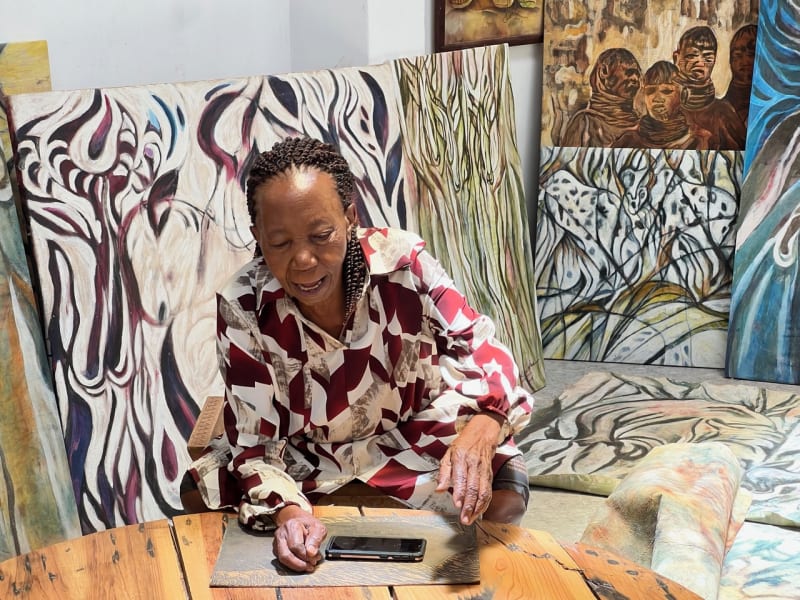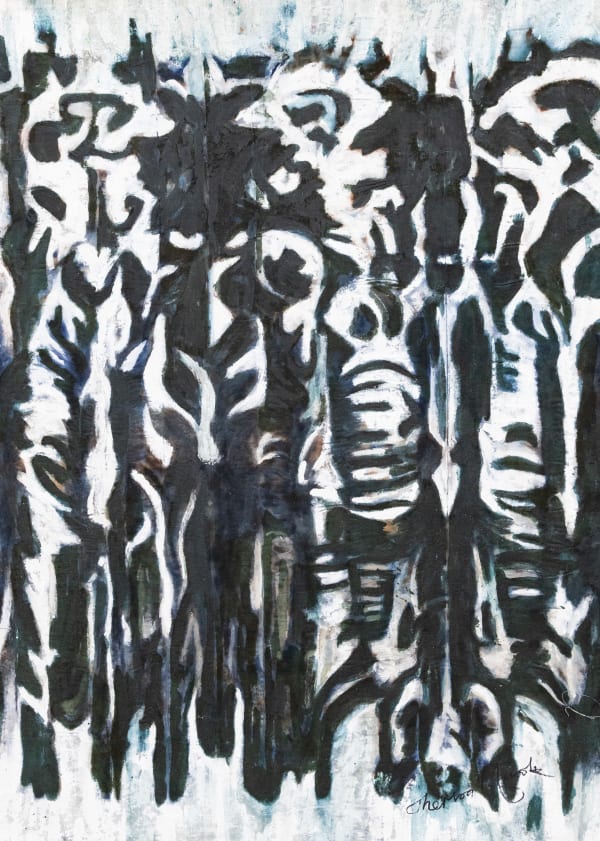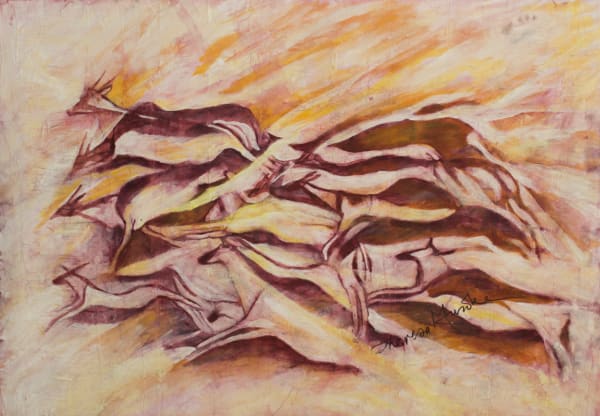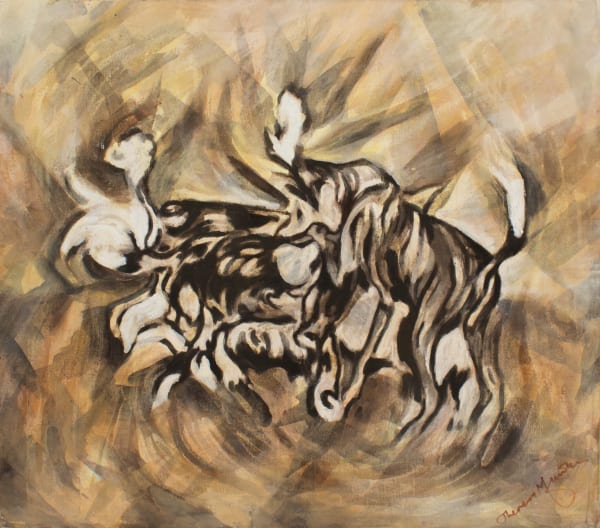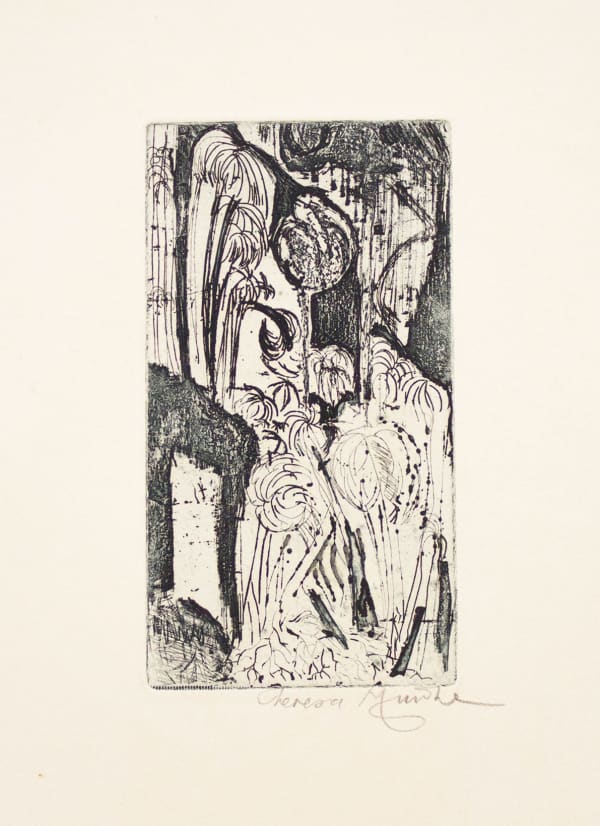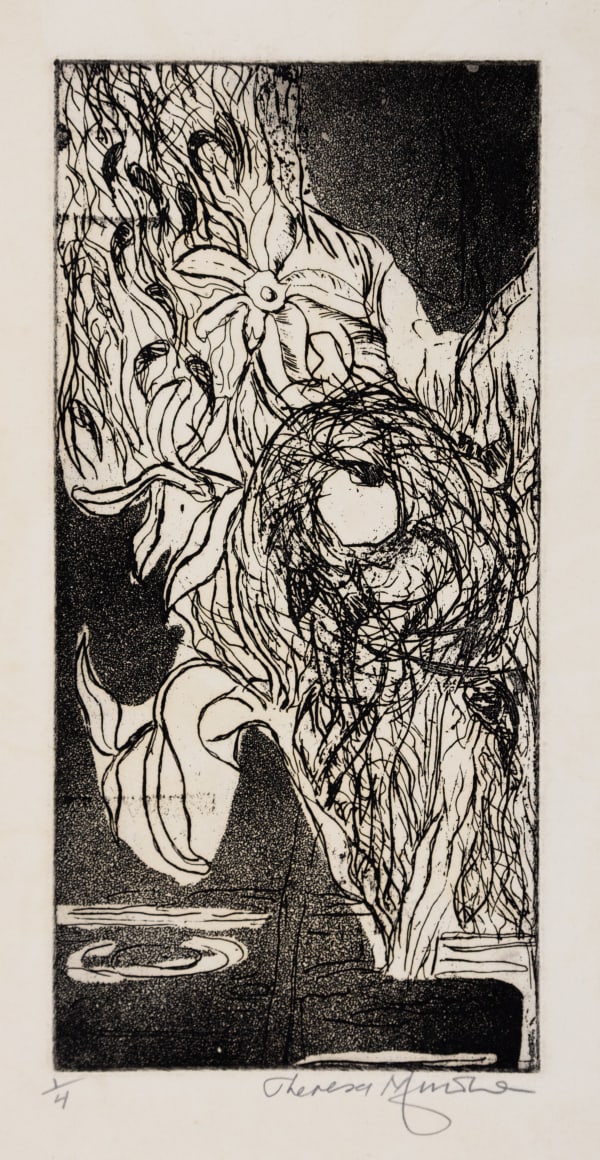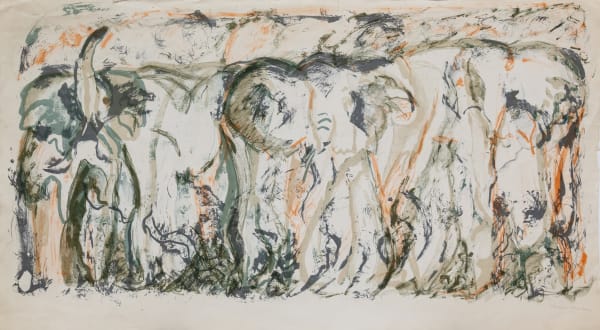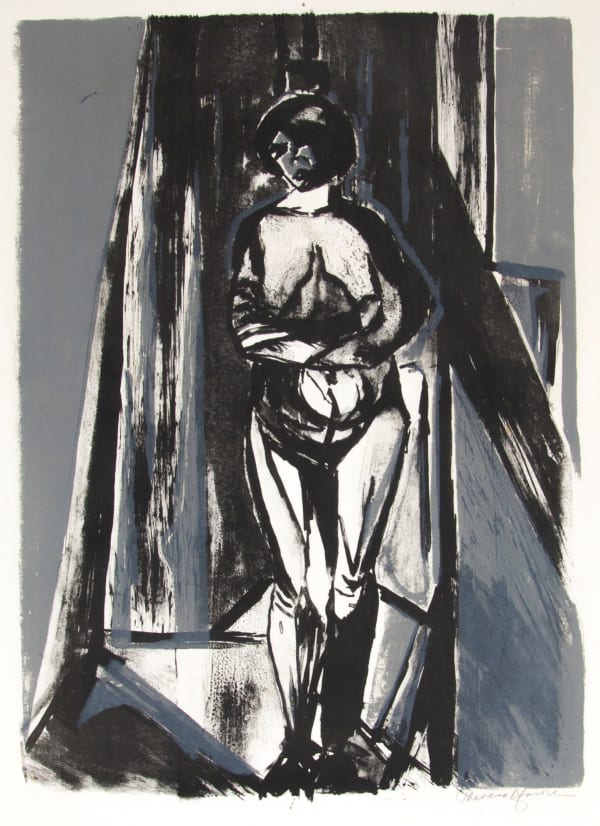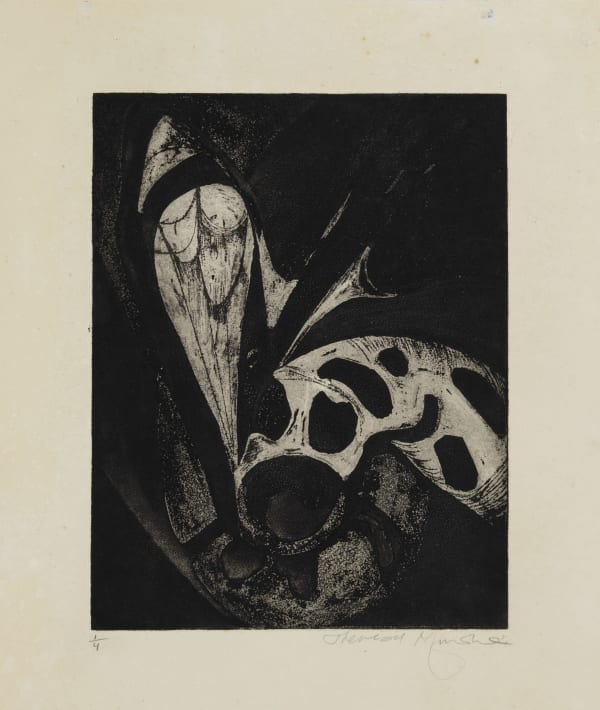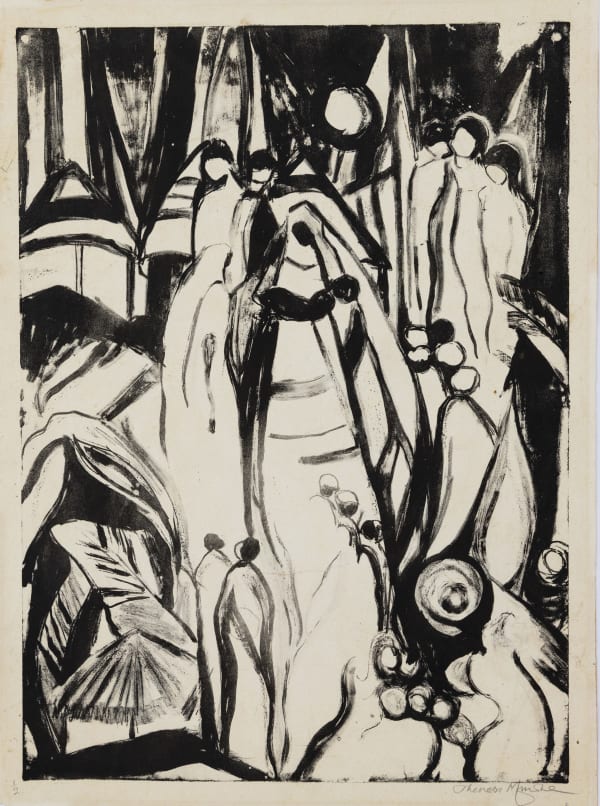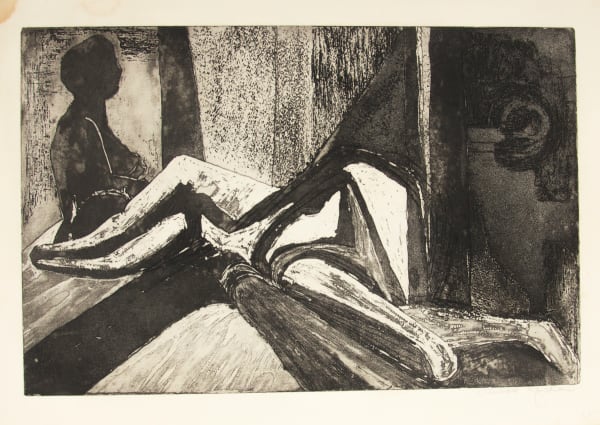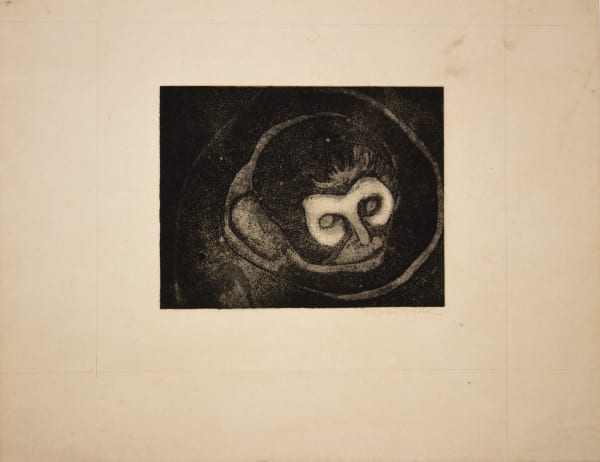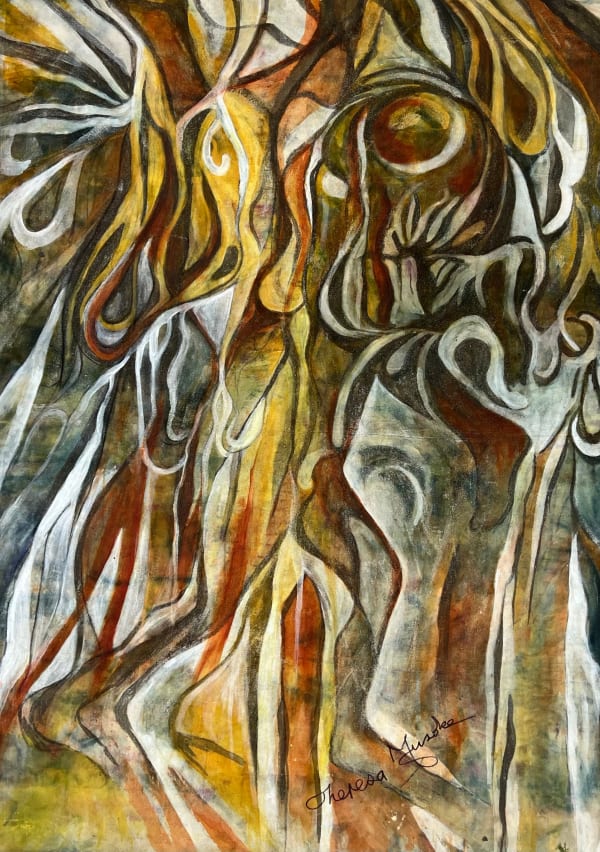Theresa Musoke: The Presence of Living Things - A Retrospective 1963-2025: Circle Art Gallery
"The artist is challenged to bring up something new, which is always a magical part of the process."
Excerpt from 'Africa through the eyes of Women Artists", 1991
For many years I have been discussing with Theresa Musoke, whom I have known for over 20 years, a major exhibition covering her 60 year career. This exhibition will include works from her early years at the Margaret Trowell School of Fine Art, Makerere University, studying print making in London and the USA in the 1960s, her time living and teaching in Nairobi and her current paintings from her studio in Kampala.
This will be a chance to celebrate a long and illustrious career of an artist who deserves more visibility worldwide.
Danda Jaroljmek
Theresa Musoke: The Presence of Living Things - a retrospective, 1963 - 2025. Opening Thursday 24 April at 6pm until 5 June, 2025.
This in-depth exhibition celebrates over six decades of Musoke’s prolific art-making practice, primarily as a painter and printmaker.
Theresa Musoke (b. 1944) lives and works in Kampala
Musoke’s devotion to her life’s work as an artist took root at the Margaret Trowell School of Fine Art, (now Makerere School of Fine Art) in Kampala, Uganda and she hasn’t stopped since. A foundational figure in the East African art scene, Musoke is not only known for her celebrated visual arts practice but also as a distinguished educator.
“I don’t know what i would do if I didn’t paint.”
A self-described semi-abstract artist, Musoke has developed a distinctive visual language blending sensitive draughtsmanship with painterly experimentation. Beginning in observation but working from memory and imagination in intuitive ways, Musoke’s methods are anchored in meditative mark-making, with patient layering that resolves in blended and expressive paintings and ink and pencil drawings, rendered in gentle washes, or blocked out using hatchlines. She lived in Kenya for over thirty years, teaching at the University of Nairobi and Kenyatta University and various secondary schools. Throughout this time, Musoke exhibited frequently in local galleries such as Paa Ya Paa, Gallery Watatu and the African Heritage House. Her selected solo and group exhibitions include a solo show at the Uganda Museum, 1965; Sanaa: Contemporary Art from East Africa, Commonwealth Institute, London, 1984; Pioneer Women of the Arts, Nairobi Gallery, 2018; A Retrospective of Three Artists: Theresa Musoke, Tabitha wa Thuku, Yony Waite, Circle Art Gallery, 2022. Her work featured in the travelling group show Mwili Akili Na Roho, at the Royal Academy, London and Haus Der Kunst, Munich. Select publications include African Artists, Phaidon (2022) Mwili, Akili na Roho, David Zwirner (2023) Theresa Musoke, Uhuru or Freedom, Art Education (1989). Musoke’s work is part of several collections including the Nairobi Contemporary Art Institute, The African Arts Trust and the Sharjah Art Foundation.
